How to add a dropdown in Google Forms
- Open your Google Form
- Add questions to your form
- Click on the question that you want to add a dropdown to
- Click the box
- Select Dropdown
- Click on Option 1 and type
- Click on Add Option
- Select Preview
- Click Send to share the form
Interactive step-by-step tutorial
Like most things in Google Forms, adding dropdown fields is easy. In this post, you’ll learn the steps to add a dropdown list of answer options to a question, as well as several reasons why you’d want to add these types of questions to your forms that you may not have thought of.

Looking for the best alternative to Google Forms?
Jotform’s full-featured form-building solution is mobile-friendly and has the most integrations in the industry. Use it to collect payments, automate workflows, gather leads, and more.
What is a dropdown field in Google Forms?
A dropdown field in Google Forms is a form element that allows users to select a response from a predetermined list of options. Questions with dropdown options are similar to multiple-choice questions.
Dropdown fields are good for close-ended questions, but they don’t work as well for open-ended questions, which give users the ability to type in any response they’d like.
How to add a dropdown list of options
Chances are you already have a form that you want to add a dropdown list to. But if not, head to Google Forms and click the large plus sign to create a new one from scratch.
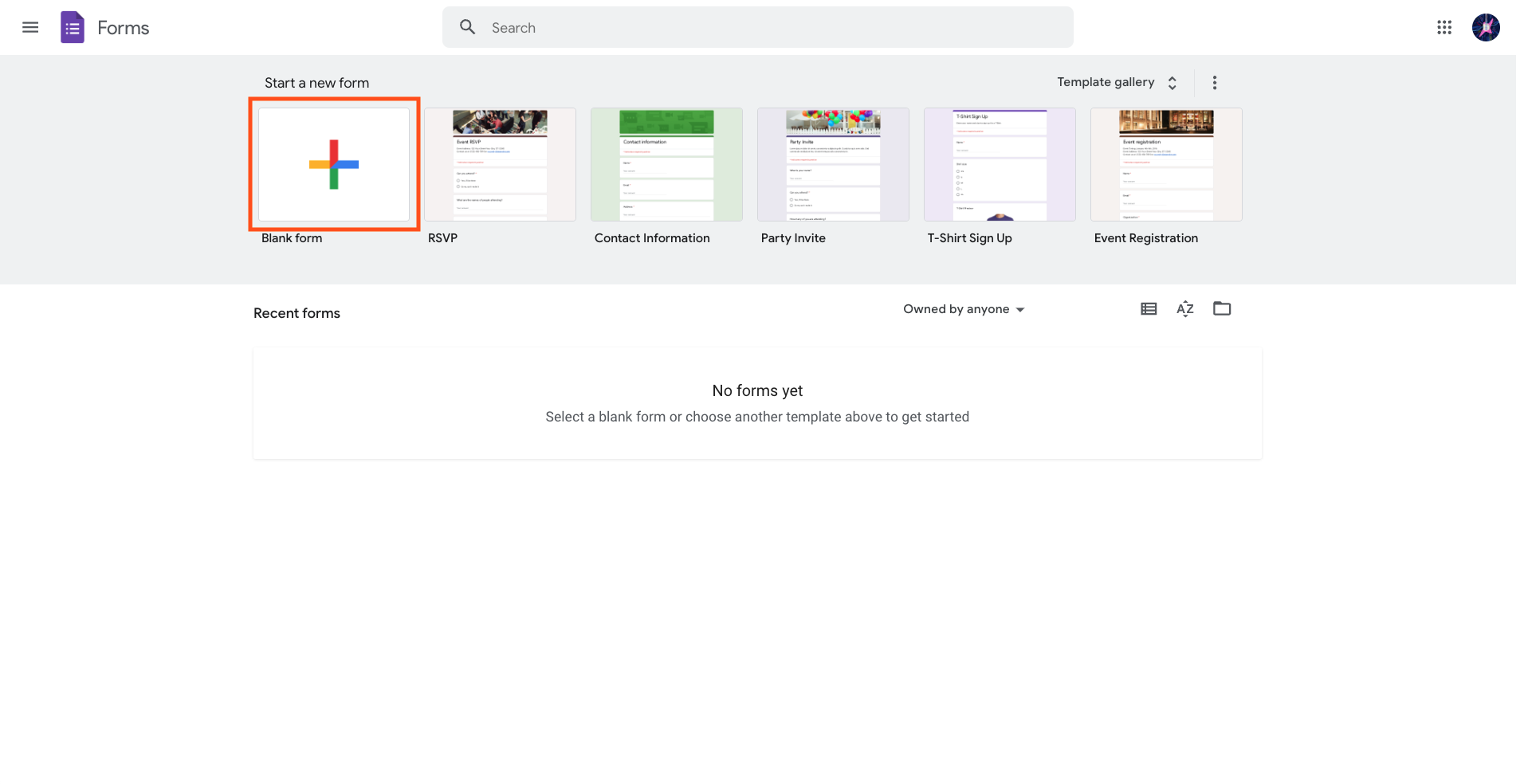
In your form, click on the question you want to add a dropdown list to or add a new question by clicking the plus sign in the floating menu on the right. Click the box in the upper right corner of the question field.
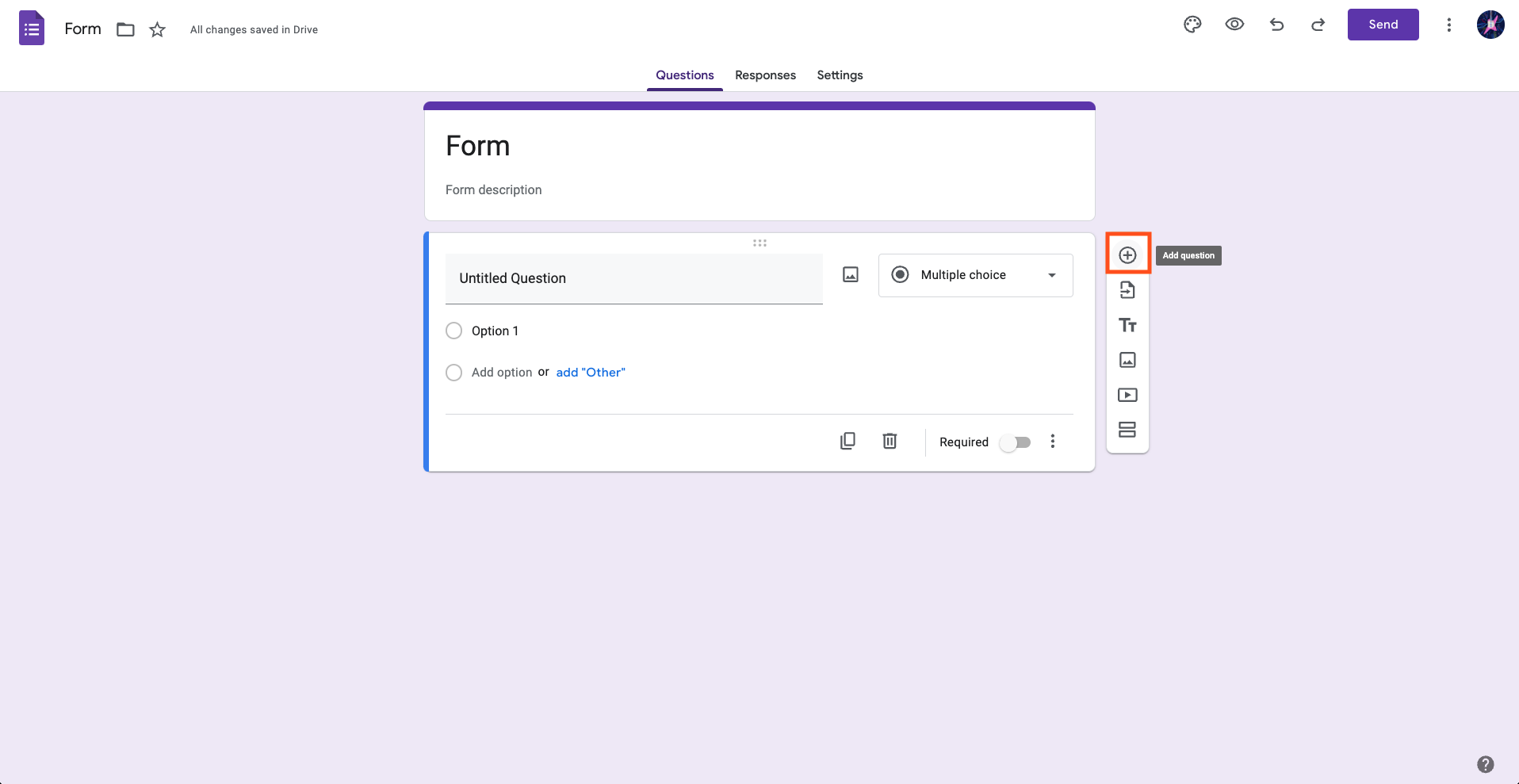
Then select Dropdown.
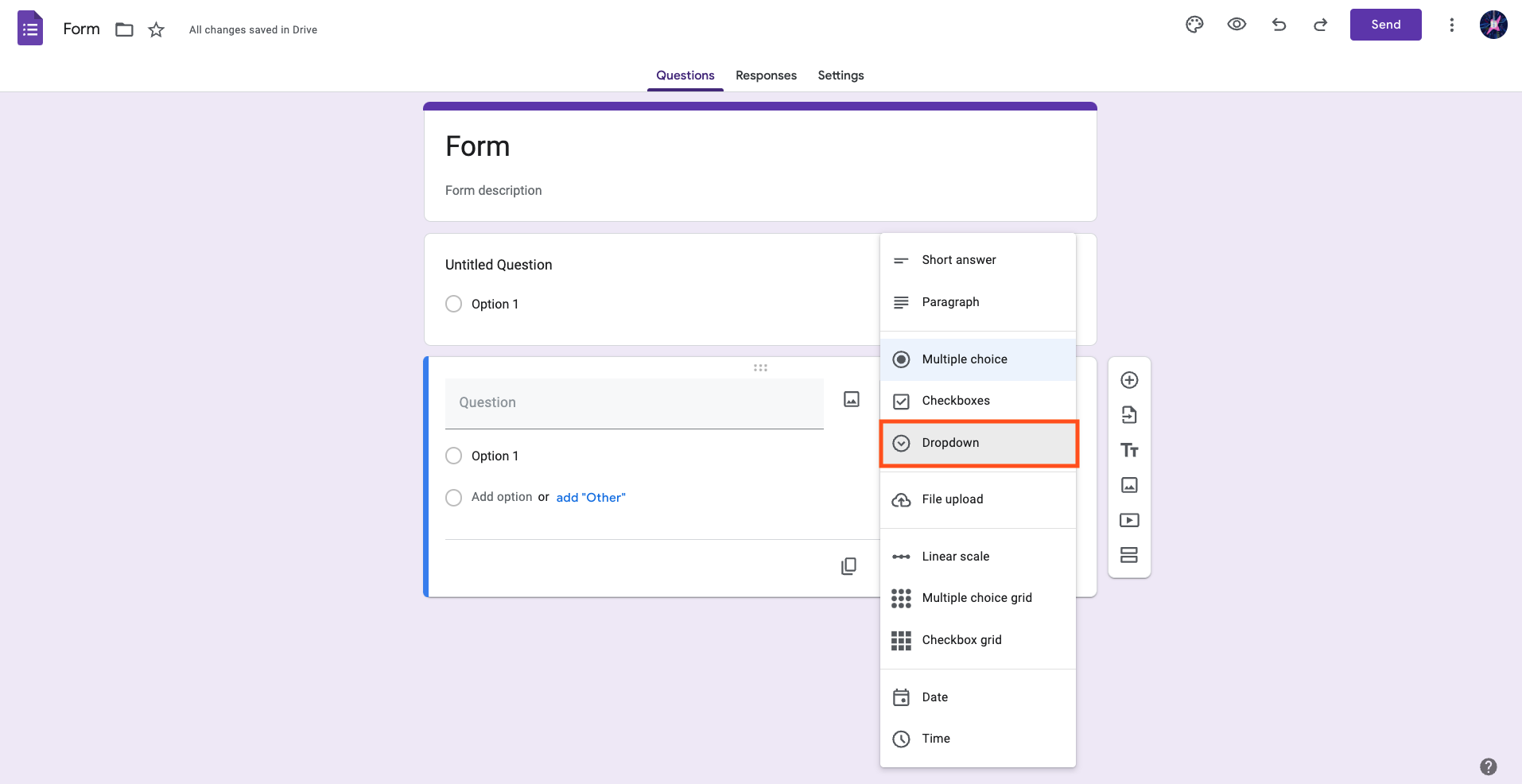
Now you can add items for your dropdown list by clicking Add option. To edit the option text, just click on it.
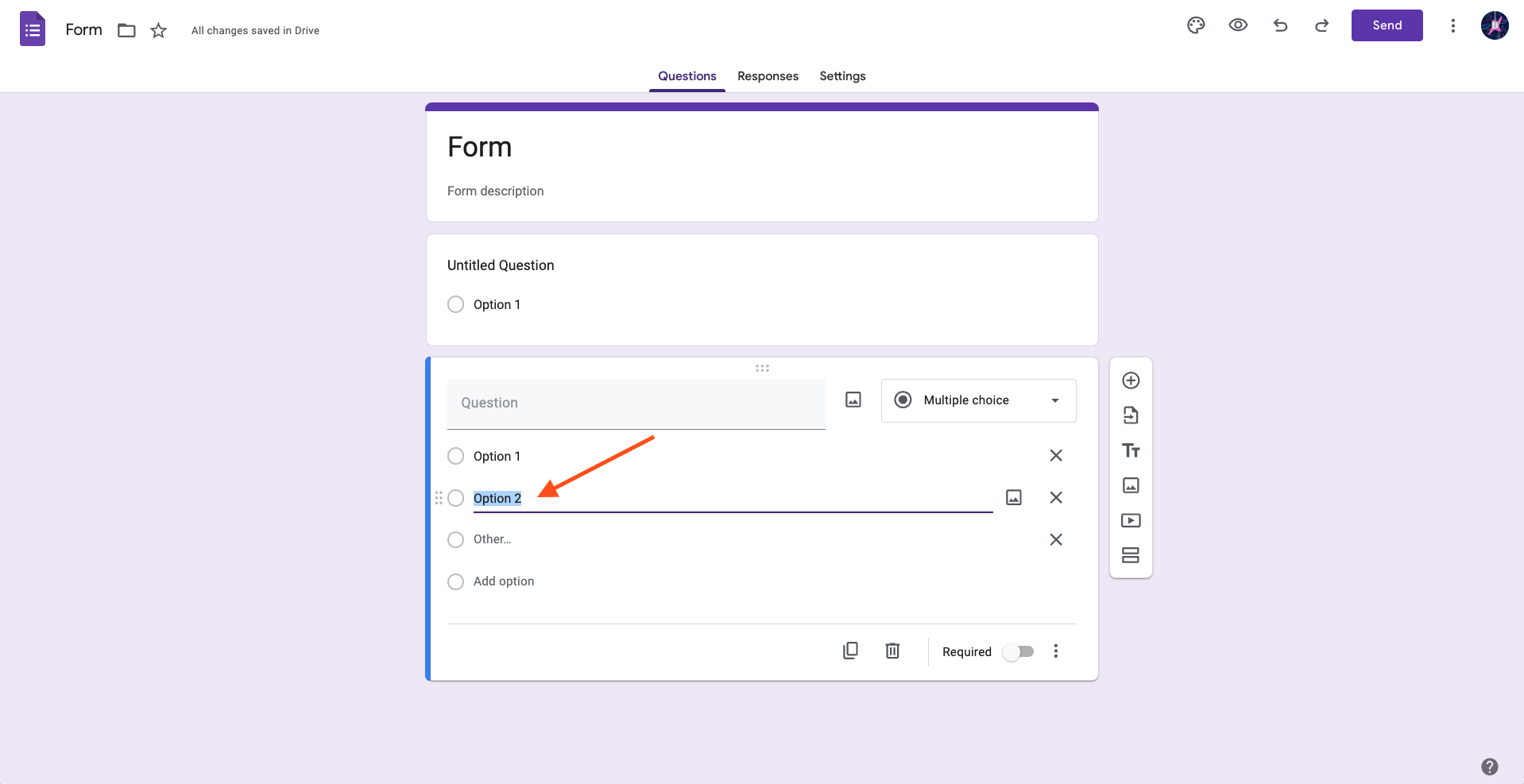
If you need to reorder your options, hover over the six dots to the left of each option number and drag and drop to rearrange them.
Once you’ve entered in the response options, it’s important to test them out to make sure the form is functioning properly.
Click on the eye icon at the top right of the screen to preview your form. This will open up the form in a new tab and allow you to review each question and dropdown menu.

After you’ve tested the dropdown fields and you’re happy with your form, you can share the form with others. Simply click on the Send button at the top right and fill in the email addresses you’d like to send the form to. Click Send when you’ve filled in all the required fields. Alternatively, you can copy a link to your form or and embed code to add it to a website.

Pro Tip
Save time by adding dropdown options in bulk. Copy the response options from a spreadsheet or other document and paste them into the first answer option field in your Google Forms question. This will automatically add the response options on separate lines.
An easier way to drag and drop form elements
Adding questions and selecting the dropdown option works, but wouldn’t it be nice if you could visually pick any question type from a comprehensive list and drop it into your form without the extra steps?
You can do that with the online form builder Jotform.
You may not see the major benefit to this yet, but if you find yourself using Google Forms a lot, you’re eventually going to hit a wall. That’s because Google Forms doesn’t have a lot of extra features.
Jotform, on the other hand, offers an extensive list of question types and hundreds of widgets that you can drag and drop to customize your forms and get the data you need. Jotform will grow with you, and you get access to all of our features with the free Starter plan. Give it a try.
In the meantime, let’s look at a few benefits of dropdown forms.
Top 6 benefits of using dropdown fields
You can use dropdown fields to achieve specific aims in your forms or surveys. Here are the top benefits of using this question format.
- Reduce the amount of space your form takes up. For example, if you’re asking for someone’s country of residence, you can include a dropdown menu with all the possible countries. That will save respondents from having to scroll past 200-plus options just to get to the next question.
- Format your answers in a specific way. If you want to display the answers to a question in a certain way, you can use a dropdown menu to make sure the answer options are consistent. If you let people write in their own answers, you might get responses with typos. With all the answers in the same format, it will also be easier to sort and organize them.
- Collect information from respondents who aren’t sure what to choose. If you add an “other” option to your dropdown menu, respondents who aren’t sure which option suits them best can choose “other” and input their own response.
- Prevent incorrect or irrelevant responses. If you include a list of valid responses in your dropdown menu, respondents can’t enter an invalid answer. That helps if you’re asking for something like a respondent’s state, where there is a defined list of options.
- Save users time. Any time you can avoid making people fill in something manually will save them time.
- Make your forms look more professional. Dropdowns can improve the structure of your questions, making your forms or surveys look more organized and easier to read.
See also Jotform’s detailed guide about: Google Forms
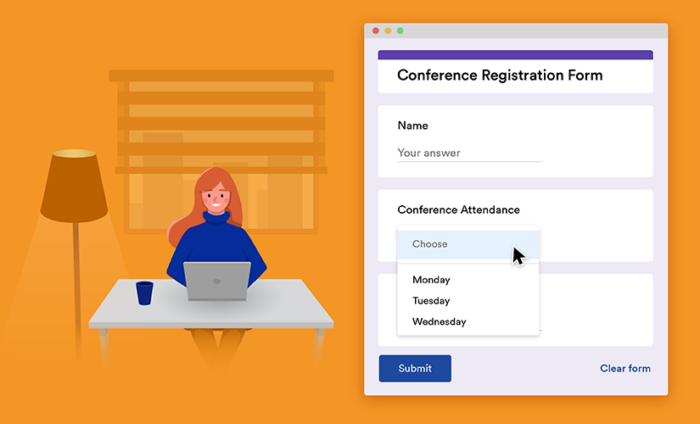





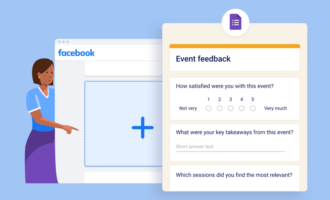
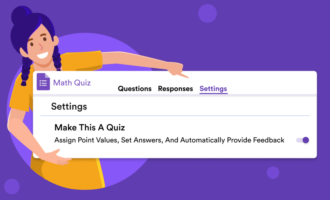

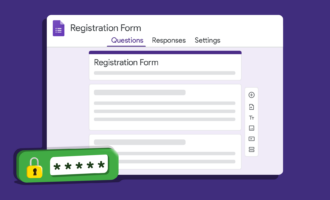













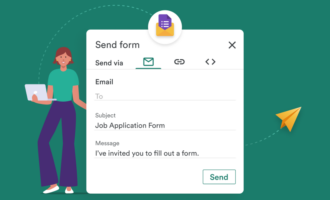

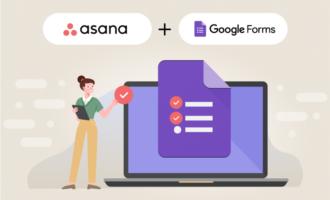
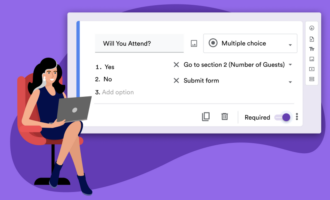


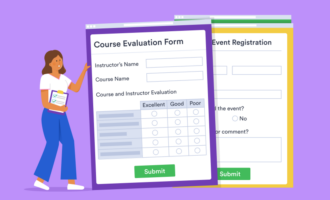

















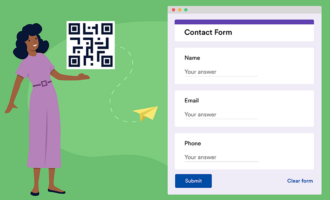



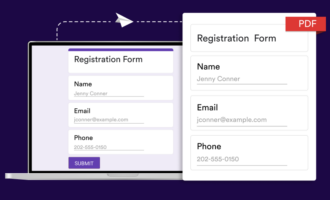


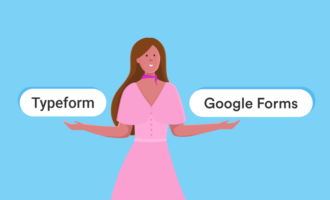
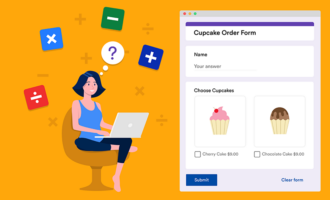










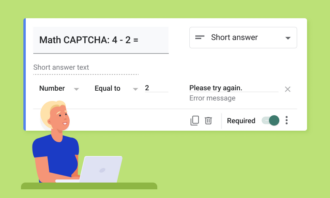




















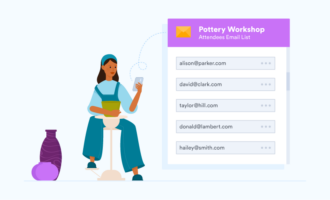









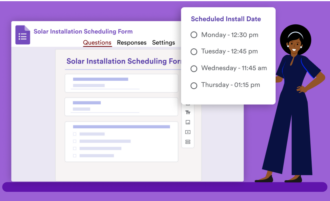
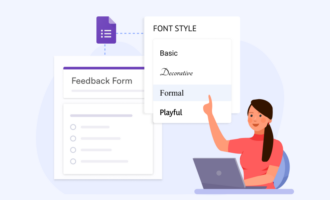




Send Comment: